What do Celtic tattoos mean and where to place them?
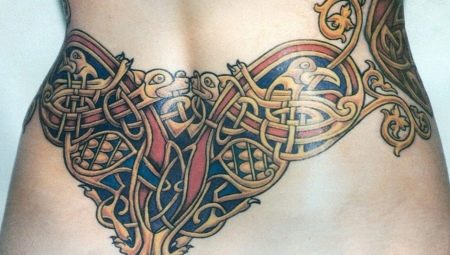
Celtic tattoos: bracelets, runes and other symbols, sleeves on the arms and shoulders, as well as patterns applied to the chest and other parts of the body are among the most popular ornamental designs for men and women.... They carry within themselves imprint of ancient knowledge, memory of the experience of the tribes who inhabited vast territories. So that the chosen pattern is not just a random pattern, it is worth learning more about the meaning of tattoos and options for sketches in the Celtic style in advance.


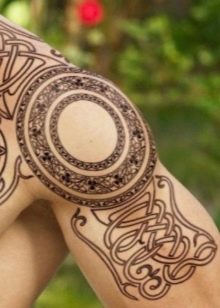
Peculiarities
Ornaments that were in use among certain nationalities in past centuries have left a noticeable imprint on the formation of modern subcultures. Modern Celtic tattoos can be safely called the heirs of the patterns that once adorned the life of the inhabitants of Western European and Central European states. These peoples were singled out as a separate group in the 6th century BC.
It is no coincidence that the "Celtic" style continued in tattoo aesthetics, complementing numerous ethnic traditions in the creation of patterns.
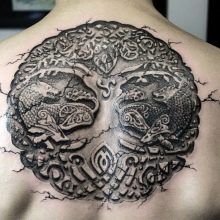

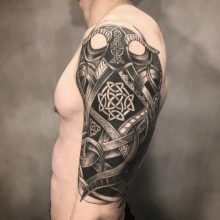
At the heart of the drawings, regardless of their execution, there is an element of infinity. Patterns, even the most complex ones, are always intertwined, continuing each other's lines. Let's note other features of the Celtic style tattoo.
- An indication of the life path of a person... The patterns reflected his milestones or events.
- Plots related to aggression... Celts are conquerors. Their ornaments often reflected this moment.
- Animalistic motives... In them, the Celts often expressed a desire to acquire properties characteristic of a particular animal.
- Nodes... They symbolized the areas of intersection of the heavenly and earthly.
- Continuity of the cycles of life and death. It is believed that the ancient Celts believed in rebirth.



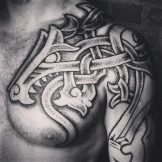
The very definition of the Celtic style implies the use of a strictly defined group of ornaments. There is no place for the imagination of the master. It is based on ornaments described as early as 800 AD by Irish monks in the famous Book of Kells.

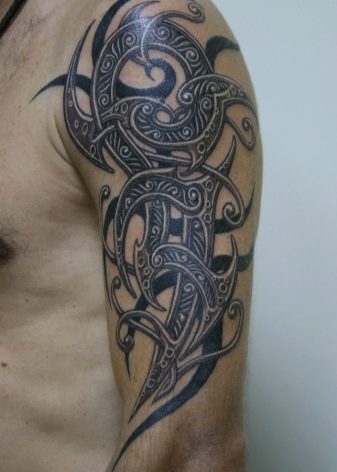
Types of tattoos and sketches
Since Celtic tattoos do not imply a significant change in the image of symbols, the meaning of the signs also corresponds to their original interpretation. Stylization is not very welcome, especially since among the ancient patterns with a characteristic ligature, everyone can find amulets for themselves. For girls, drawings of a female theme or neutral solutions in the form of the sun, letters are usually offered.
Such tattoos are most often small, hidden, and the interpretation of symbolism and designation is not associated with aggression, rather, it is of a creative nature.
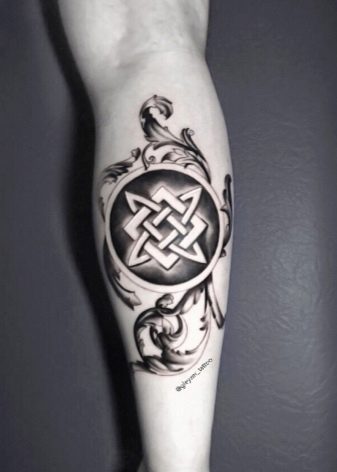

Among the most common Celtic signs for men, the following options can be distinguished.
Network
It is a must-have addition to most other patterns. The ornament, symbolizing the connection between the spiritual and worldly principles, is made with a complex ligature.

Medallion
A popular element that is an image enclosed in a circle. Medallions were made by the Celts as a talisman, worn on the chest. It was believed that they attracted love, friendship to their owner, protected him from death on the battlefield.
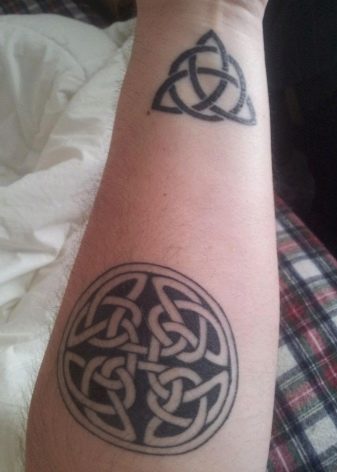
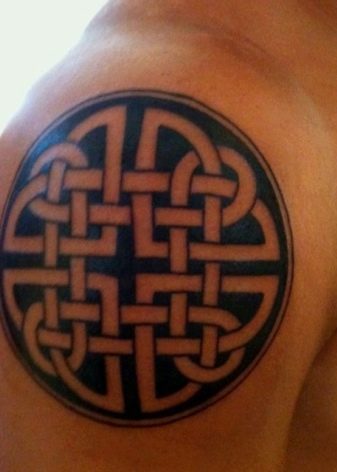
Triple helix
A symbol of striving for spiritual growth. During pagan times, this element was chosen as a sign by people related to sciences, alchemy. With the advent of Christianity to the lands of the Celts, the expression of the Holy Trinity began to be seen in the symbol.
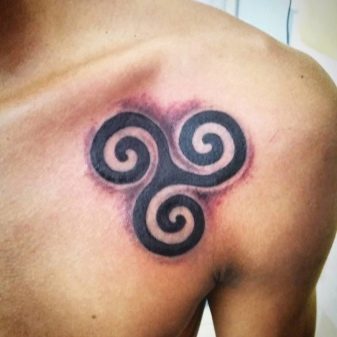
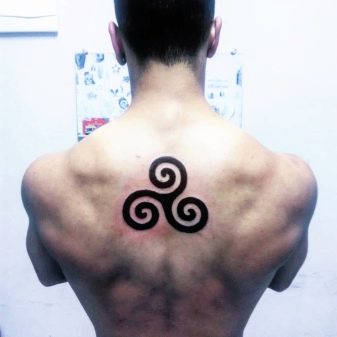
Mascot
This element is used to attract good luck. It is also considered a symbol of health.
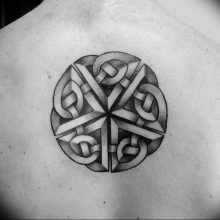
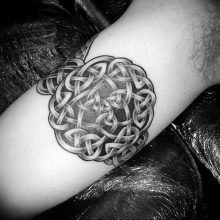
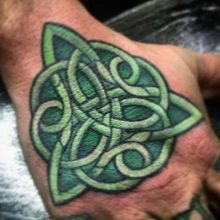
Nodes
One of the main symbols in Celtic culture. The related elements indicate, like the spirals, the religious trinity in Christian or pagan culture. Knots are used as an auxiliary ornament or as an independent pattern on the body.
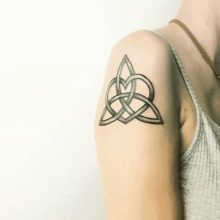
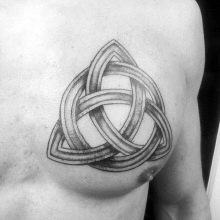

The tree of Life
One of the largest symbols in Celtic tattoos is usually found on the chest or back. The ornament indicates the unity of man with nature, his craving for the sun. The pattern is considered universal, it is a tree with a crown and roots intertwining into a single circle. For the Celts, this sign was one of the expressions of the infinity of the life cycle.

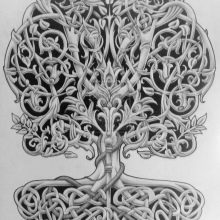
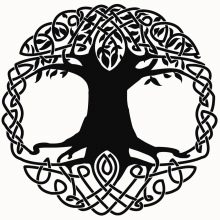
A bracelet
An obligatory part of such an ornament is a heart with a crown, placed in the center. The bracelet itself is made in the form of a girdle circle, often done in paired tattoos as a symbol of the unity of lovers or eternal friendship.
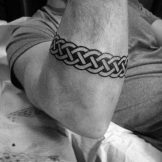

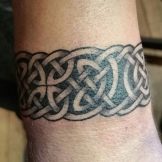

Cross
The most famous Celtic ornament that has survived to this day. It symbolizes unity of 4 elements, sometimes depicted in a circle. Initially, the cross appeared in the ornaments of the Celtic tribes during their transition to the Christian faith. For believers, he was a symbol of the worldly and spiritual, a sign of the desire to comprehend the unknown, divine principle.
These are the main elements of traditional ornamentation in Celtic culture.
In addition, in the days of the pagans, floral or animalistic images made in a characteristic style were often found among the patterns.
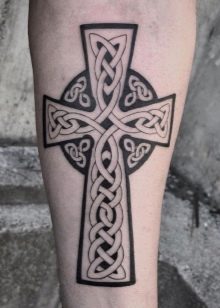
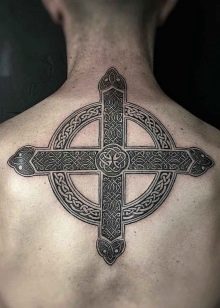
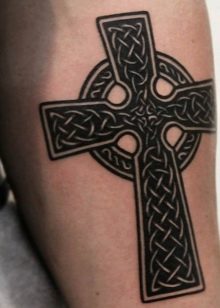
Animals
As in other "Celtic" tattoos, in the images of living creatures, elements of infinity are traditionally used here: single patterns or intertwining lines. The animals themselves are drawn in sketches in a somewhat primitive aesthetic. This is how the Celts tried to emphasize their special status. Among the most commonly used animalistic patterns are the following images.
- Dolphins... Today, such sketches are chosen mainly by girls as a tattoo. But men, especially those associated by their profession with the sea, consider these animals to be their patrons.Such a talisman, according to ancient beliefs, helped to pacify the violent nature of the water element.

- Hares... They were used as a talisman to attract wealth. The hare symbolized good luck in business, material and spiritual benefits. The ancient Celts used this sign to decorate their homes, and also as a talisman. It was believed that he guarantees rebirth, the immortality of the soul.
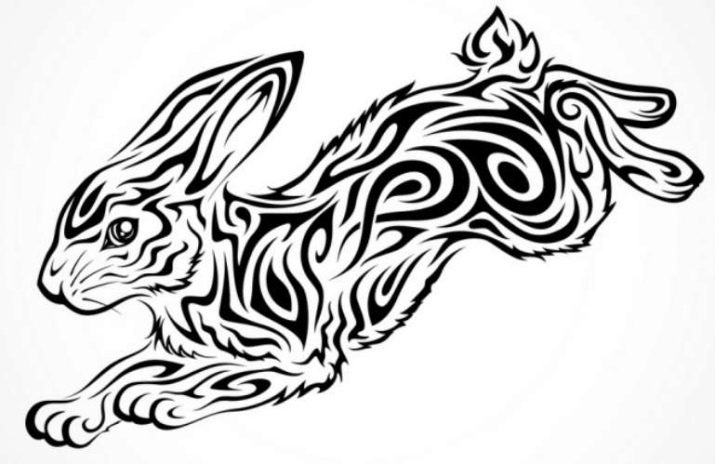
- Dogs... The Celts created images of dogs, investing in them a symbolic definition of fidelity. In addition, such a sign was considered as a protective one (against physical and spiritual influences from the outside).
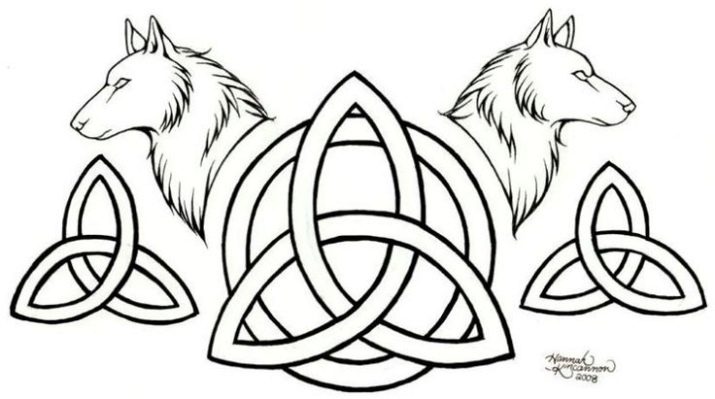
- Horses... This sign in Celtic tattoos symbolizes fertility and determination. It is applied to the body to enhance physical capabilities, to reach its full potential.
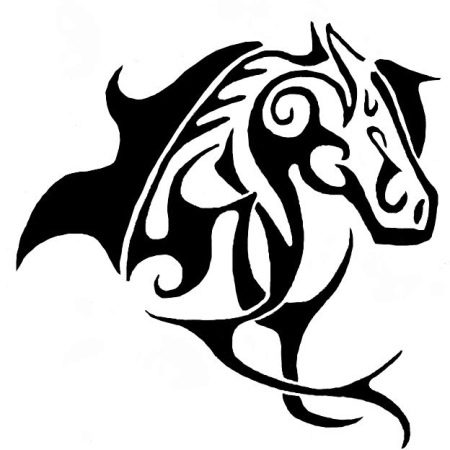
- Deer... These beautiful and noble animals symbolized spiritual rebirth among the Celts, were a symbol of the masculine principle. As a tattoo, a deer can enhance independence as a character trait.
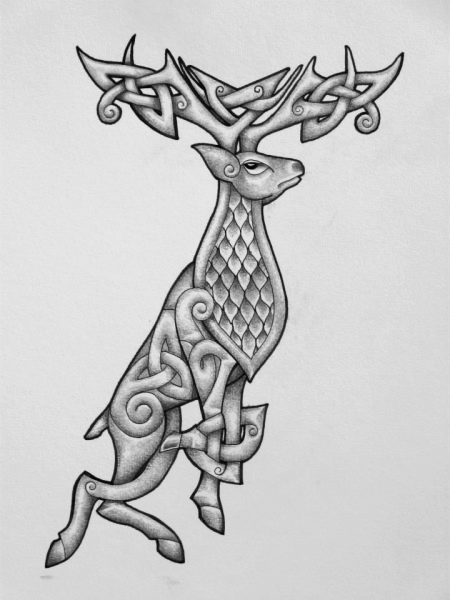
- Snakes... These representatives of the animal world occupy a special place in all religious movements and beliefs. During the pagan period, the Celts considered them as magical protection, as well as a talisman against the loss of vital energy. Such a patron could protect a person from most of the unkind thoughts of others, and gave him spiritual support.
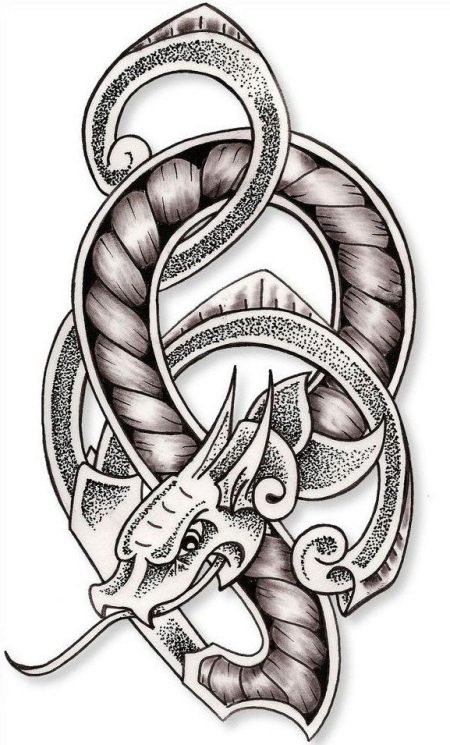
- Wolves... These dangerous predators can often be found in sketches of male tattoos. "Celtica" puts in them quite an obvious meaning. This is a sign of a hunter, a person who is used to getting what he wants by any means.

- Dragons... Higher magical beings were considered to be something like spiritual guardians. It was believed that they help to cross the borders between worlds, and also protect them from the invasion of aliens.
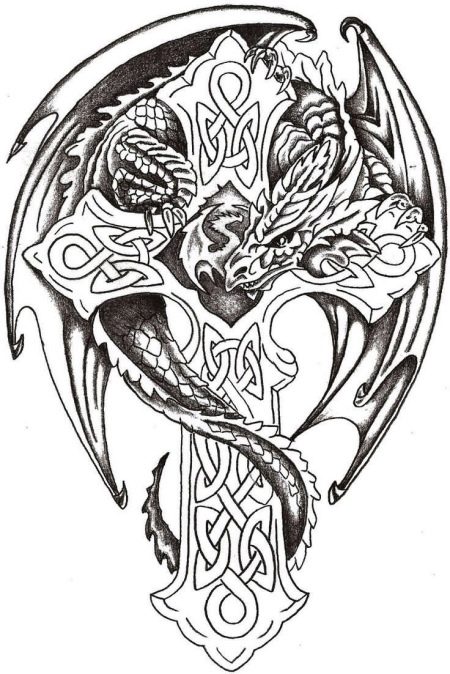
- Fishes... This symbol at all times was considered a sign of a subtle, heightened intuition. Applying it to the body can enhance a natural foresight or accentuate a person's foresight.
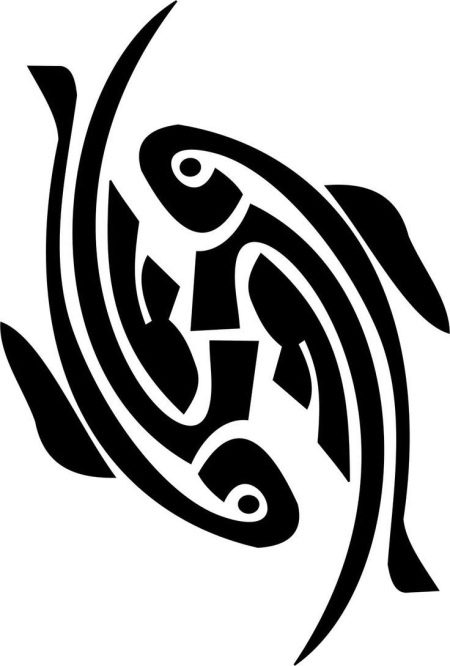
The meaning of tattoos using ancient symbols should always be considered when choosing an ornament. Otherwise, the art itself will easily turn into commonplace, and the meaning of the drawing will be lost.
Possible styles
The choice of style for applying a Celtic tattoo largely depends on the choice of a sketch for it. For example, girls prefer blurry patterns with neat shading. The watercolor technique of application fully meets these requirements. It is also used if you need to add a little color to monochrome ornaments.
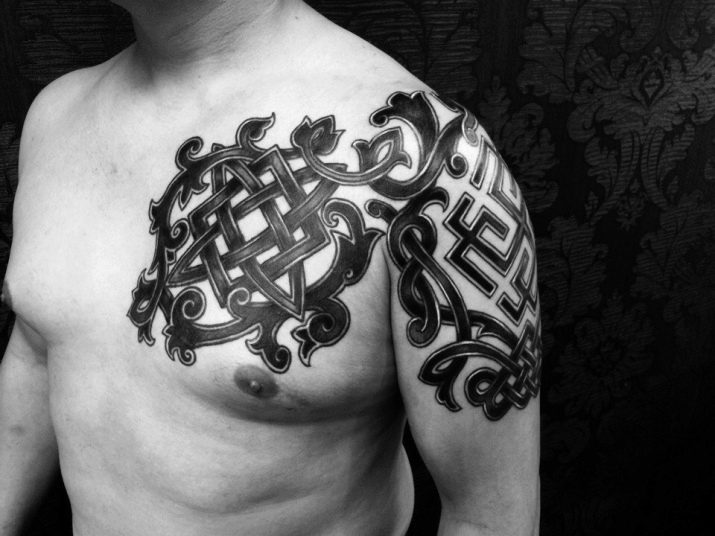
The brutal representatives of the strong half of humanity most often need not lightness, but clarity of lines. In this case, the tattoo is applied using dotwork technique or in one of the many Polynesian varieties. Monochrome lines typical of indigenous styles, clear and bright, perfectly show all the subtleties of the Celtic pattern. In addition, you can try an ornamental tattoo design.
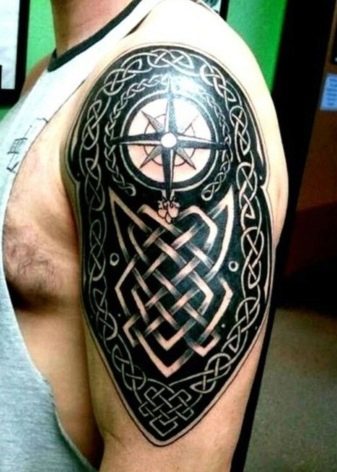
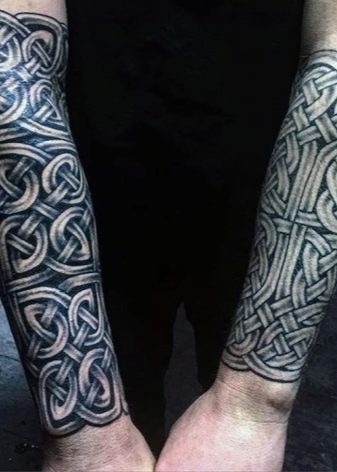
Accommodation options
Celtic tattoo designs are popular. But when applying them, it is necessary to take into account not only the personal preferences of the person planning to make a drawing on the body, but also his gender and age. Among the useful recommendations are the following.
- Young girls can wear a tattoo in the form of a bracelet on their arm, as well as a miniature circle pattern on the collarbone or forearm. Sometimes the tattoo is located between the shoulder blades.
- Adult women prefer animalistic hand ornaments. They also look good on the shoulder or chest, on the lower back and on the wrist. A fish, a butterfly, or just a bracelet may be present here.
- Both sexes can get a tattoo on the leg.... In women, a knot on the ankle is most often depicted. Men choose larger designs depicting dragons or wolves, as well as crosses and braids.
- Celtic neck tattoo - the choice of a confident man... Large traditional ornaments are common here.They can continue on the back, covering a significant area of the body, and pass into the sleeve. The interweaving of lines and knots looks especially impressive on a muscular body.
- Belly tattoo most often it is done large, with a plot, with many meanings and meanings.
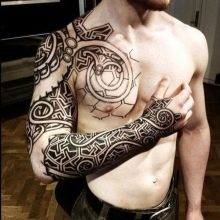
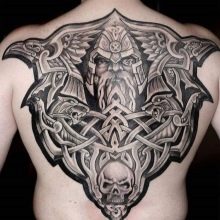

These are the main areas of application, allowing you to adequately reveal the beauty and complexity of Celtic ornaments.










